Fraudulent Trading
What is fraudulent trading?
Fraudulent trading is an act whereby a company carries on business operations with the intent to commit fraud/ purposefully defrauding its creditors/ creditors of other entity. Under section 540 Companies Act, it can be noted that fraudulent trading is both a civil criminal offence and is punishable by steep fines, debt/liabilities and even imprisonment, depending on the severity of the fraud.
The law in relation to fraudulent trading
Question: When can section 540 be invoked?
Answer: In the course of winding up the company or in any proceedings against the company.
Question: Who can invoke section 540?
Answer: Liquidator, creditor or contributory of the company.
Question: Who to sue?
Answer: Any person who was knowingly a party to the carrying on of the business fraudulently.
Question: What is needed to prove fraudulent trading?
Answer: The intention to commit fraudulent trading and knowingly be a part of the act to commit fraudulent trading.
Question: What happens if an individual is found to have committed fraudulent trading?
Answer: If charged/convicted, the individual:
- Shall be personally responsible, without any limitation of liability, for all or any of the debts or other liabilities of the company as the court sees fit (civil liability/ offence); and/ or
- Shall be liable to imprisonment not exceeding 10 years and/or to a fine not exceeding RM1,000,000.00 (criminal liability/ offence).
How does one proof another’s intention to commit fraudulent trading?
It is dependant on the facts and circumstances of each case.
For example, in Huatah Sdn Bhd v Yap Chee Kian & Ors, the court noted that it was very bizarre for the directors of a company to (amongst others) destroy all the documents and records of the company in the midst of a liquidation/ winding up suit. Their action has raised a ‘red flag’ of deep suspicion, where no paper trail could be done since there were no documents available.
As all relevant evidence against them had been destroyed, no money can be recovered to satisfy Huatah’s earlier claim against the company. It was based on this alone, the court noted that there was a clear manifestation of fraudulent trading by the company as the company had deliberately destroyed their books to prevent the liquidator from ascertaining the truth as to the financial status of the company.
How does one prove whether a person knowingly be a part of the act to commit fraudulent trading?
The court in China Idea Development Ltd v Ooi Kee Liang & Ors and Another Case noted that proof of such knowledge is easily obtained, as whether a person is knowingly a party to the carrying on of the business with intent to defraud can be proven by actual evidence or by way of inference based on the evidence adduced.
Using Huatah’s case as an example, the court noted that the directors of the company knew/ aware of the statutory requirement that all documents and records of the company must be kept for at least 7 years before it could be destroyed. The fact that none of them choose to stop one another from destroying the books clearly shows that they are a knowing party to the act in question itself.
Example of fraudulent trading
Examples include but not limited to:
- Where the company continues to carry on business and to incur debts at a time when there is to the knowledge of the directors no reasonable prospect of the creditors ever receiving payment of those debts.
- Where the person who takes part in the management of a company’s affairs obtains credit or further credit for the company when he knows that there is no reason for thinking that funds will become available to pay the debts when it becomes due or shortly thereafter.
- Where the company accepted the purchase price in advance knowing that it could not supply the goods and would not repay the advance paid.
- Where the company directors continue to approve the distribution of dividends even though (ignoring the fact) that there was an ongoing arbitration suit against the company.

